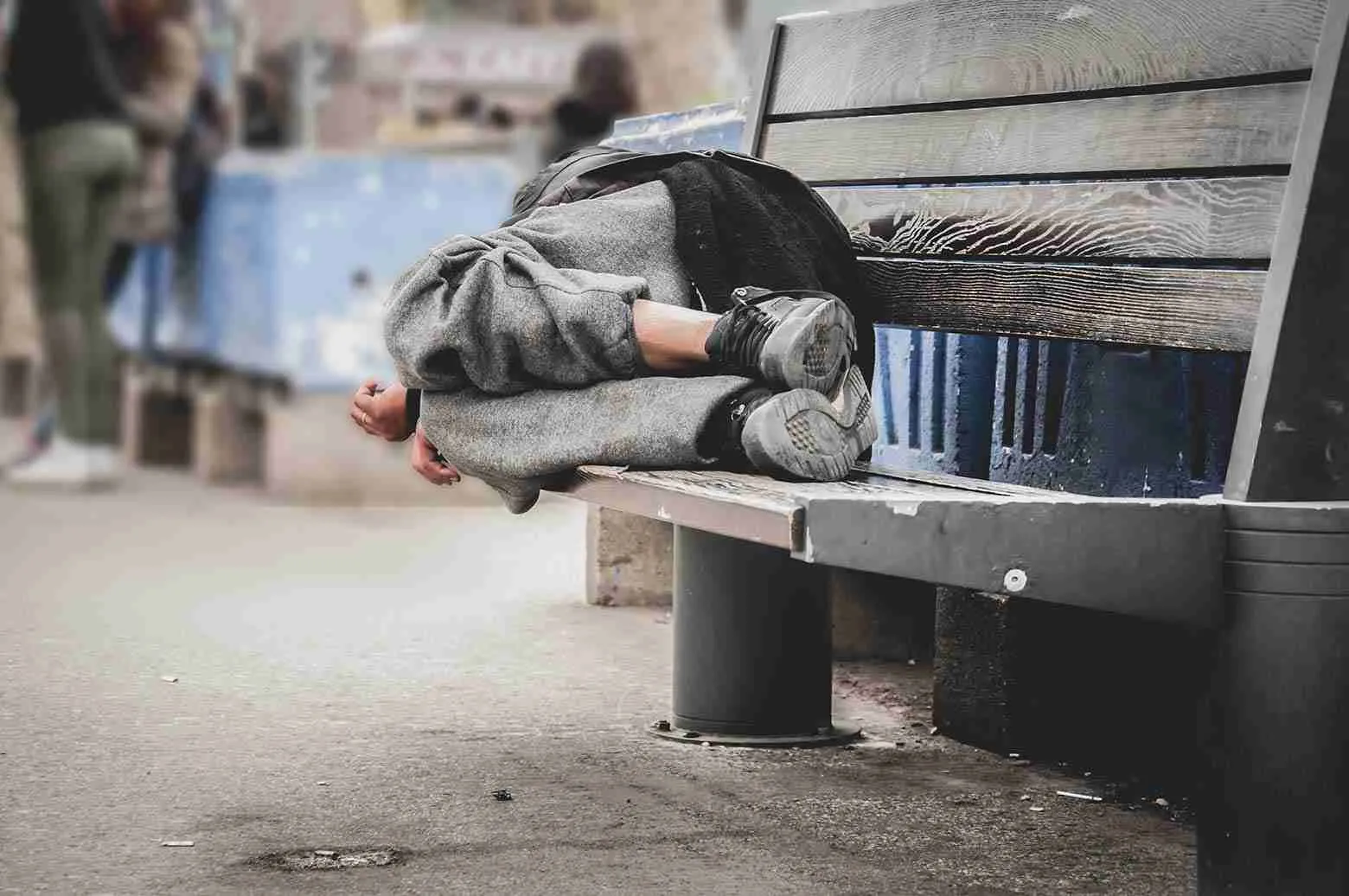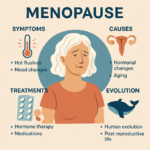
Homelessness is a complex issue that touches countless lives. It’s more than just people living on the streets – it’s a web of challenges that can affect families, veterans, and individuals from all walks of life. Let’s delve deeper to understand the causes, consequences, and potential solutions for this critical social issue.
The estimated number of homeless people worldwide stands at a staggering 150 million individuals, highlighting the pervasive issue of homelessness on a global scale. This figure encompasses those who lack a stable, safe, and adequate place to call home, facing challenges such as exposure to harsh weather conditions, lack of access to basic amenities, and social isolation. Addressing the needs of this vast population requires comprehensive strategies that prioritize affordable housing, supportive services, and community engagement to break the cycle of homelessness.
In the United States, the recorded number of individuals experiencing homelessness on a single night in 2018 was approximately 553,000, underscoring the significant challenge faced by many Americans in securing stable housing. This statistic sheds light on the complex factors contributing to homelessness, including poverty, lack of affordable housing, mental health issues, and substance abuse. Efforts to address homelessness in the U.S. require a multifaceted approach that combines housing assistance, healthcare services, and employment opportunities to support individuals in need.
Finland’s success in reducing homelessness by 35% over the last decade through the “Housing First” approach serves as a beacon of hope for other nations grappling with similar challenges. By prioritizing the provision of permanent housing with wraparound support services, Finland has demonstrated that homelessness can be effectively tackled through innovative and compassionate solutions. This remarkable achievement underscores the importance of investing in long-term housing stability and social inclusion to help individuals rebuild their lives.
The stark reality that the average life expectancy of a homeless person is only 50 years, compared to 78 years for the general population, highlights the profound impact of homelessness on health and well-being. Homeless individuals face heightened risks of premature death due to factors such as exposure to violence, substance abuse, chronic illnesses, and limited access to healthcare. Addressing the health disparities faced by the homeless population requires targeted interventions that prioritize preventive care, mental health support, and housing stability to improve outcomes and quality of life.
New York City’s status as the city with the highest number of homeless individuals in the U.S., surpassing 78,000 people, underscores the urgent need for comprehensive solutions to address homelessness in urban centers. The sheer magnitude of homelessness in a city known for its wealth and resources highlights the systemic issues contributing to housing insecurity, including high living costs, income inequality, and limited affordable housing options. Efforts to combat homelessness in New York City must focus on expanding access to affordable housing, social services, and employment opportunities to support vulnerable populations and prevent further displacement.
The City Union Mission in Kansas City, renowned as the largest homeless shelter in the world accommodating up to 1,200 people, plays a crucial role in providing emergency shelter and support services to individuals experiencing homelessness. This massive facility serves as a lifeline for those in need of temporary housing, meals, and resources to navigate their journey out of homelessness. The scale of the City Union Mission underscores the ongoing demand for safe and dignified shelter options for homeless individuals seeking refuge and stability in times of crisis.
The staggering cost of homelessness to society, estimated at around $70,000 per homeless person per year in the U.S., highlights the economic burden of inadequate housing and support services. This financial impact encompasses expenses related to emergency healthcare, law enforcement, shelter provision, and social services for homeless individuals. Addressing homelessness from a cost-effective perspective requires strategic investments in affordable housing, preventive healthcare, and supportive services to reduce long-term societal costs and improve outcomes for vulnerable populations.
The concerning trend of at least 13 cities in the U.S. implementing bans on feeding the homeless in public spaces raises questions about the treatment of marginalized populations and access to basic necessities. These restrictive measures restrict charitable organizations and individuals from providing food assistance to homeless individuals in need, exacerbating food insecurity and health risks. Advocates for the homeless emphasize the importance of compassionate and inclusive policies that prioritize supporting vulnerable populations and addressing the root causes of homelessness through collaborative efforts and community engagement.
The historical documentation of the first case of homelessness dating back to the 1640s in London offers insight into the enduring nature of housing insecurity and poverty throughout centuries. This early account highlights the long-standing presence of homelessness as a social issue rooted in economic inequality, lack of social support systems, and systemic barriers to housing stability. Understanding the historical context of homelessness underscores the ongoing need for sustainable solutions that address the structural factors contributing to homelessness and prioritize human dignity and well-being for all individuals.
Hawaii’s distinction as having the highest rate of homelessness per capita, with 51 out of every 10,000 residents experiencing homelessness, sheds light on the unique challenges faced by island communities in addressing housing insecurity. The geographic isolation, high cost of living, and limited affordable housing options in Hawaii contribute to the disproportionate impact of homelessness on its population. Efforts to combat homelessness in Hawaii require tailored strategies that consider the island’s specific needs, including affordable housing initiatives, social services
The significant decrease of 50% in the number of homeless veterans in the U.S. since 2010 reflects the positive impact of targeted government programs and support services tailored to the needs of former military personnel. This progress underscores the importance of addressing the unique challenges faced by veterans transitioning to civilian life, including mental health issues, substance abuse, and housing instability. Continued efforts to provide housing assistance, healthcare benefits, and employment opportunities for homeless veterans are essential to ensuring their well-being and successful reintegration into society.
Los Angeles’ status as the city with the highest percentage of unsheltered homeless people, exceeding 75% living on the streets, highlights the urgent need for comprehensive solutions to address homelessness in urban environments. The prevalence of unsheltered homelessness in Los Angeles underscores the challenges faced by individuals lacking access to safe and stable housing, social services, and support networks. Addressing the root causes of homelessness in the city requires collaborative efforts among government agencies, non-profit organizations, and community stakeholders to expand affordable housing options, mental health resources, and outreach programs for vulnerable populations.
The innovative ‘Cardborigami,’ recognized as the world’s smallest mobile homeless shelter, provides a practical and sustainable solution for individuals in need of temporary housing and protection from the elements. This foldable shelter design offers a compact and lightweight alternative to traditional housing structures, making it ideal for emergency situations and urban environments. The ‘Cardborigami’ exemplifies the creative approaches to addressing homelessness through portable and cost-effective solutions that prioritize mobility, durability, and dignity for those experiencing housing insecurity.
San Francisco’s distinction as the most expensive city for homeless services in the U.S., with an annual expenditure exceeding $300 million, underscores the financial challenges associated with addressing homelessness in high-cost urban areas. The substantial investment in homeless services reflects the complex needs of individuals experiencing housing insecurity, including healthcare, shelter provision, and social support programs. Efforts to manage costs and improve outcomes for homeless populations in San Francisco require strategic planning, collaboration among stakeholders, and sustainable funding mechanisms to ensure effective service delivery and long-term solutions to homelessness.
The establishment of the ‘Street Roots’ newspaper in Portland, Oregon, in 1998 as the longest-running homeless newspaper highlights the power of media as a platform for marginalized voices and community engagement. This publication provides a platform for homeless individuals to share their stories, perspectives, and creative work, raising awareness about homelessness and advocating for social change. The longevity of ‘Street Roots’ underscores the importance of amplifying diverse voices, fostering dialogue on homelessness issues, and promoting empowerment and advocacy within homeless communities.
Australia’s record of the highest rate of youth homelessness, with 1 in 200 young people experiencing homelessness, underscores the urgent need for targeted interventions to support vulnerable youth populations. The prevalence of youth homelessness in Australia highlights the complex factors contributing to housing instability among young people, including family conflict, poverty, and lack of support services. Addressing the root causes of youth homelessness requires tailored strategies that prioritize early intervention, youth-specific housing options, and wraparound support services to prevent long-term homelessness and promote positive outcomes for young individuals.
Seattle’s recognition for hosting the largest homeless encampment in the U.S., known as the “Jungle,” with over 400 residents at its peak, sheds light on the challenges of unsheltered homelessness in urban environments. The scale of the “Jungle” encampment underscores the need for safe and dignified shelter options, social services, and outreach programs for individuals living on the streets. Efforts to address encampments like the “Jungle” require a compassionate and holistic approach that prioritizes housing stability, mental health support, and community engagement to ensure the well-being and safety of homeless populations.
The weight of an average homeless person’s backpack exceeding 50 pounds highlights the practical challenges faced by individuals experiencing homelessness in carrying their essential belongings and navigating daily life. Homeless individuals rely on backpacks to store personal items, clothing, food, and survival supplies, making mobility and access to resources a constant struggle. Understanding the physical burden of carrying a heavy backpack underscores the need for practical support services, storage facilities, and outreach programs that address the unique needs of homeless individuals and promote dignity, security, and well-being.
The establishment of the first homeless shelter in the U.S. in New York City in 1879 by the Salvation Army marks a pivotal moment in the history of homeless services and social welfare in America. This early initiative laid the foundation for organized efforts to provide shelter, food, and support services for homeless individuals in urban centers. The legacy of the first homeless shelter underscores the ongoing commitment to addressing housing insecurity, poverty, and social inequality through compassionate and community-driven solutions that prioritize the well-being and dignity of all individuals in need.
Homelessness FAQs: Understanding a Complex Issue
Homelessness is a complex issue with far-reaching societal and individual impacts. Here are some frequently asked questions to shed light on this challenging topic:
1. What is homelessness?
Homelessness refers to the lack of a fixed, adequate, and safe place to sleep at night. This can encompass various situations, including:
- Living on the streets: Sleeping in public spaces like doorways, parks, or abandoned buildings.
- Emergency shelters: Seeking temporary refuge in shelters that provide basic necessities like food and a bed.
- Transitional housing: Living in temporary housing programs that offer support services to help individuals or families move towards permanent housing.
- Living in doubled-up situations: Sharing overcrowded housing with friends or family due to inability to afford their own space.
2. Who experiences homelessness?
There’s a misconception that homelessness is solely an issue for single men. The reality is that homelessness affects people from all walks of life, including:
- Families: A significant portion of the homeless population are families with children.
- Veterans: Military veterans are at a higher risk of homelessness due to factors like PTSD, mental health issues, and difficulty reintegrating into civilian life.
- Youth: Runaway or LGBTQ+ youth are particularly vulnerable to homelessness due to strained family relationships or lack of support networks.
- People with chronic illnesses or disabilities: Medical conditions and the inability to work can make it difficult to afford housing.
- People fleeing domestic violence: Escaping abusive situations can leave individuals with limited resources and nowhere to go.
3. What are the causes of homelessness?
There isn’t a single cause of homelessness. Often, it’s a combination of factors that contribute to the situation, including:
- Lack of affordable housing: Rising housing costs and stagnant wages make it increasingly difficult for low-income individuals and families to secure safe and affordable housing.
- Poverty: Limited income or job loss makes it impossible to afford basic necessities like rent, food, and utilities.
- Mental health issues: Untreated mental illness can make it difficult to hold a job, maintain relationships, and access essential support services.
- Substance abuse: Addiction can lead to job loss, strained relationships, and difficulty managing finances, increasing the risk of homelessness.
- Domestic violence: Fleeing an abusive situation can force individuals to leave their homes, often with limited resources and support.
4. What are the effects of homelessness?
Homelessness has a profound impact on the health and well-being of individuals and communities. Here are some consequences:
- Health problems: People experiencing homelessness face a higher risk of physical and mental health issues due to exposure to the elements, inadequate nutrition, and limited access to healthcare.
- Social isolation: Homelessness can lead to social isolation and loneliness, further impacting mental health.
- Increased vulnerability: People experiencing homelessness are more vulnerable to crime and violence.
- Strain on resources: Homelessness puts a strain on social services, healthcare systems, and law enforcement.
5. What can be done to address homelessness?
There’s no easy solution to homelessness, but several strategies can make a difference:
- Increase affordable housing: Investing in the construction and preservation of affordable housing units is crucial.
- Support services: Programs that address mental health, addiction, and job training can help individuals overcome barriers to housing.
- Domestic violence prevention: Programs that support victims and prevent domestic violence can reduce the number of people forced to leave their homes.
- Increased minimum wage: Raising the minimum wage can help low-income individuals and families afford housing.
6. How can I help?
There are many ways to get involved in addressing homelessness, depending on your resources and interests:
- Donate to organizations that support homeless individuals and families.
- Volunteer your time at shelters, food banks, or other organizations assisting the homeless population.
- Advocate for policies that promote affordable housing and support services.
- Educate yourself and others about the causes and complexities of homelessness to raise awareness and understanding.
- Practice empathy and compassion towards people experiencing homelessness.
By working together, communities can find solutions to address homelessness and ensure everyone has access to safe and stable housing.








